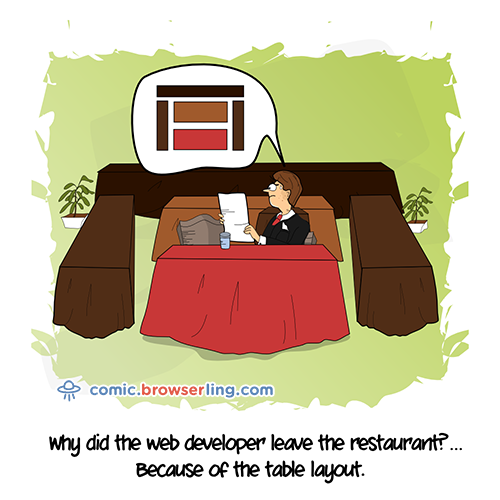Author: Tracy Rotton
-

Thoughts On Auto-Updating Older Versions of WordPress
The WordPress’ leadership proposal for auto-updating old sites to the latest version is very, very dangerous.
-

Why Is There a Blue Butterfly Next to My Name?
Why the blue butterfly next to my Twitter name? Because September is Thyroid Cancer Awareness Month.
-

How the State Department Website Was Built
Recently I spoke with Joe Casabona on his “How I Built It” podcast, talking about the redesign of the State Department’s website using WordPress.
-

SVG Icons, Sass, and CSS-Tricks
In my first-ever post for CSS-Tricks, I write about how you can create a flexible—and maintainable—system for managing SVG icons using Sass.
-

Using Automated Website Testing to Win at Parenting
Today my daughter starts a one-week summer camp at our local Earth Treks rock climbing center. She’s super-excited, and has been looking forward to this since I signed her up last December. Of course, there is always a catch. The summer camp scene here in the D.C. area is ultra-competitive, and this one was no…
-

Mondays Are Super Hard When You’re a Freelancer
Once upon a time, I worked at an agency. Mondays were great. Now, I’m a freelancer, and Mondays are much, much harder.
-

Get on the Grid!
One of the most exciting developments in CSS in recent years is here with the advent of CSS is the Grid specification. View my slides from WordCamp Philadelphia and get on the grid!
-

How I Integrate Front-End Libraries Into My Development Process
How do you incorporate third-party libraries into your code while keeping things up-to-date? That’s pretty much what package managers were built for.
-

From HTTP to HTTPS: Why Marketers Should Embrace Encryption.
Lately the news has been full of articles about encryption: Why would you want to serve your marketing sites to HTTPS? Here’s three reasons.
-

Introducing: Taupecat Studios
I’m launching a new digital agency, Taupecat Studios, and bringing my years of experience to a new roster of clients.